What is Amsterdam famous for? This question often arises when visitors first think of the city. Amsterdam, the capital of the Netherlands, is well known for its thoughtful planning, historic canals, and efficient cycling network. The city’s charm lies not in grandeur but in how all its parts work together smoothly. From its unique architecture and public spaces to its museums and friendly social atmosphere, each feature helps create a welcoming and easy-to-navigate environment that keeps drawing people back.
City Canals Serving As An Urban Framework
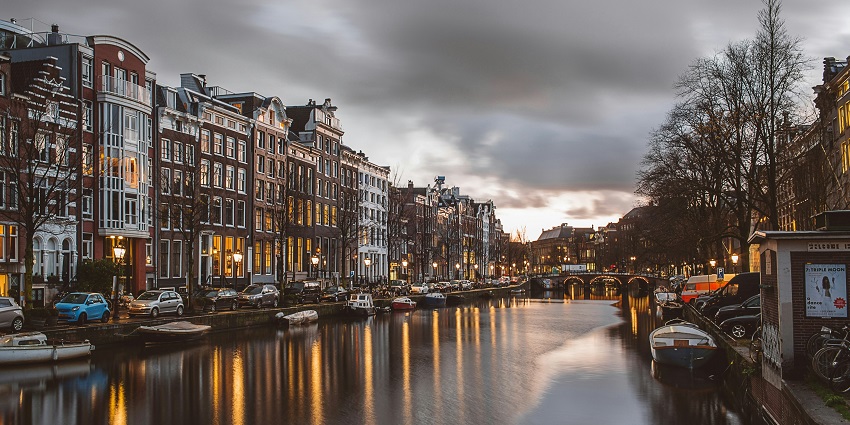
Amsterdam’s canal network dates back to the seventeenth century. It was created to control water levels and boost trade. Today, the canals stretch over 100 kilometres, arranged in rings around the city centre. The main canals, Herengracht, Keizersgracht, and Prinsengracht, are joined by smaller canals and linked by over 1,500 bridges. These waterways support boats for travel, cargo, and tourism. Houses and businesses often have water access. Modern buildings still follow the canal layout, with rules to prevent overbuilding. The canals aid drainage, transport, and flood control.
Cycling Infrastructure Replacing Car Dependency
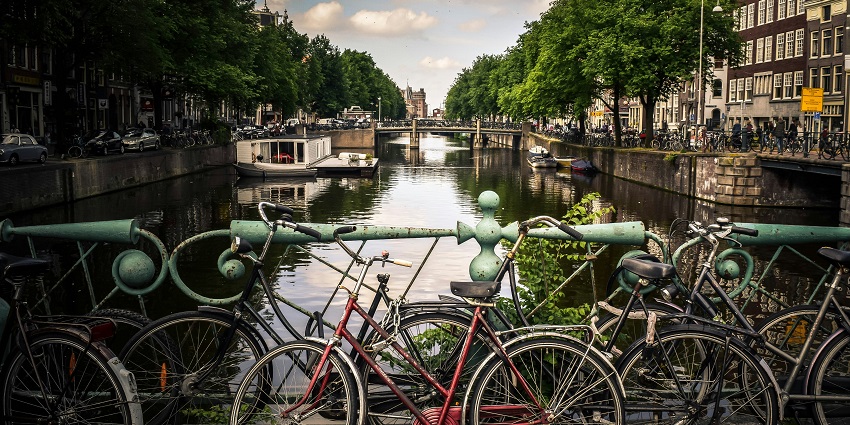
Photo: Jace & Afsoon / Unsplash
Amsterdam strongly encourages cycling over using private cars. Around eight hundred thousand bikes are ridden across the city daily. Most residents rely on bicycles for their everyday travel. The city has over five hundred kilometres of bike lanes, designed to make cycling both safe and easy. Every main junction has signs and traffic lights for cyclists, who usually have the right of way. Paths are wide and separated from roads. Bike parking is available at all train stations and busy spots, often with covered or multi-level facilities. Families and businesses use cargo bikes for errands and deliveries. Rentals are easy to find for visitors. This system helps reduce traffic and pollution while keeping accidents low.
Historical Buildings Still Used For Daily Functions
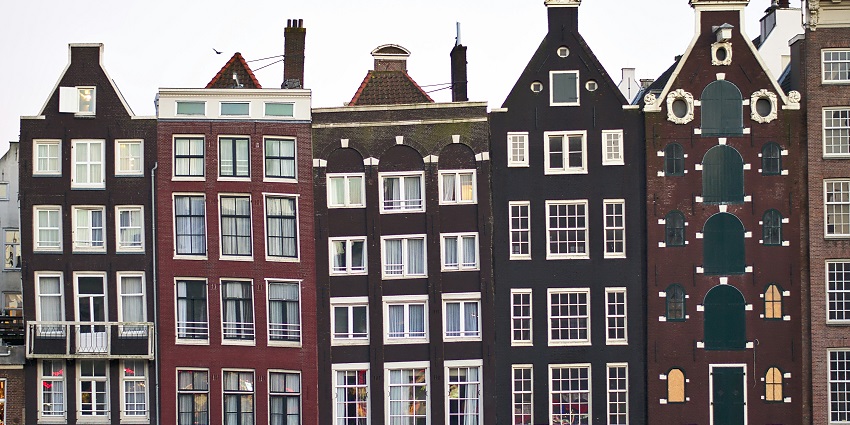
Photo: Aquiles Carattino / Unsplash
Buildings in central Amsterdam date back to the seventeenth century. They are narrow with tall facades and stepped gables, mostly made of brick and built on wooden piles in soft ground. This foundation causes some buildings to lean slightly, which is a structural effect, not intentional design. City laws protect these buildings from demolition, requiring owners to keep the original frontage while ensuring safety. Interiors are modernised for electricity, heating, plumbing, and insulation. These buildings are still used as homes, offices, cafés, and shops. Narrow layouts make good use of space, with hooks above windows for lifting furniture. Repairs follow strict rules to keep the historic look intact.
Public Spaces Accessible For All Activities
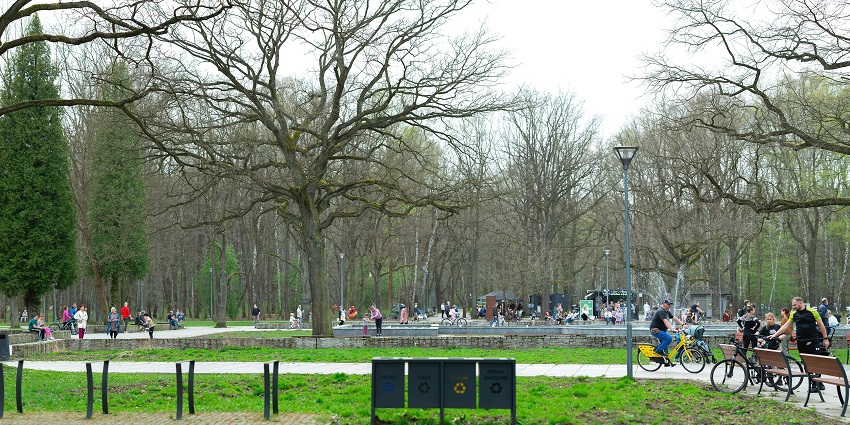
Photo: Maciej Ćmiel / Unsplash / Image For Representation Only
Amsterdam offers practical and adaptable public spaces. The city has over thirty parks and many small community areas, including playgrounds, walking paths, gardens, ponds, and sports facilities. Larger parks feature cycling routes, fitness equipment, and open lawns for gatherings. Sidewalks are wide and clear, with seating made from stone or wood. Outdoor lighting helps at night, while bins and signs are placed for convenience. Parks remain open and welcoming, avoiding heavy fencing or walls. Weekly markets sell food, clothing, plants, and secondhand goods, managed by city staff. Cultural events, fairs, and art displays happen regularly, are free to enter, and include accessibility features for all visitors.
Museums With Curated And Educational Collections
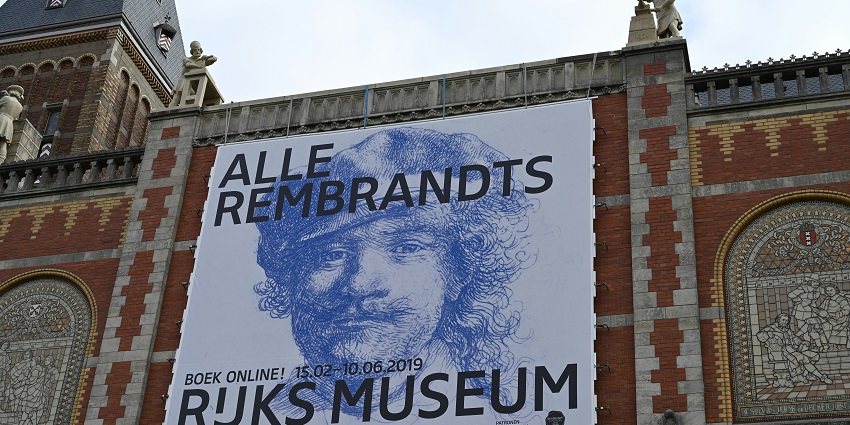
Amsterdam boasts over seventy museums covering art, history, science, and society. Many are housed in old homes, schools, and official buildings, adapted with modern climate controls and protective displays. Exhibits are organised by theme or era, with signs and guides in several languages. Visitors can ask for tours or use audio guides available at the front desk. Staff are helpful and ensure a quiet atmosphere. Opening hours are regular, and crowd control is in place during busy periods. Collections include permanent and temporary displays on topics like maritime trade and social history. Tickets are sold online or at entrances, with discounts for local students.
Social Behavior Rooted In Respect And Order

Daily life in Amsterdam runs on routine and respect. Public places are calm, and people follow rules carefully. Littering, loud noise, and cutting queues hardly happen. Locals value personal space and privacy. Most obey traffic lights, clean up after pets, and avoid causing disturbances. Conversations in public stay quiet, whether in cafés or trains. Signs are clear, so few reminders are needed. Visitors should adopt the local calm and polite behaviour. Speaking Dutch is not necessary, just be courteous and aware. Dress simply and suitably for the weather. The city offers good social support for housing, healthcare, and education, keeping crime low and trust high, which helps Amsterdam stay strong and welcoming.
Returning to the central question, what is Amsterdam famous for, the answer becomes clear through structure and design. Amsterdam is famous for its canals, cycling culture, and well-preserved buildings. It’s not one landmark but how everything works together, that makes Amsterdam special. Clean streets and quiet efficiency reflect centuries of thoughtful choices. Ready to explore this seamless city? Book your trip with TripXL and experience Amsterdam’s charm firsthand!
Cover Photo: Adrien Olichon / Unsplash


 WhatsApp
WhatsApp
 Twitter
Twitter









